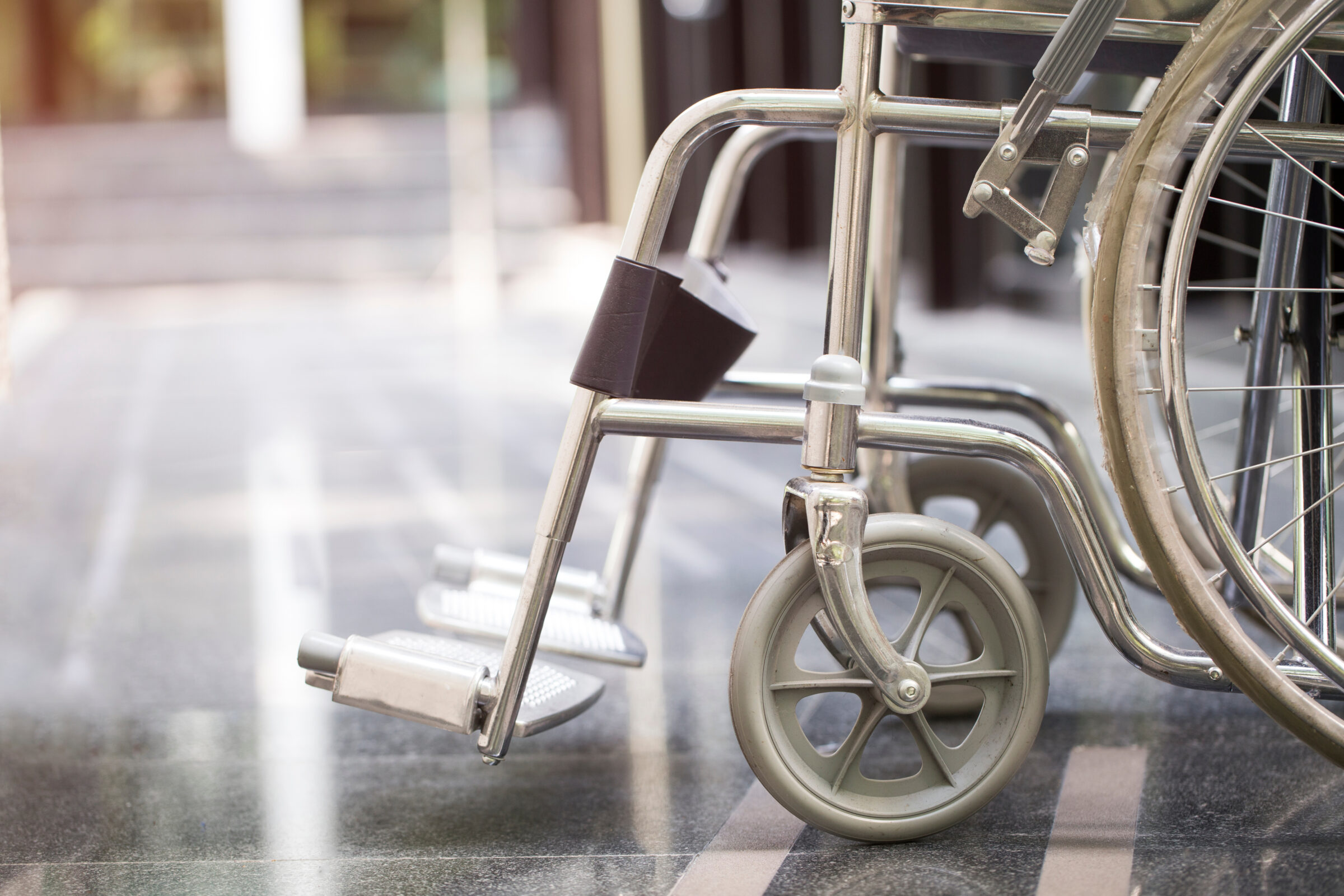Here Comes ‘Transableism’
Originally published at National ReviewSome people may think that transgenderism is the end of the road for radical individual “re-creationism” (a piquant term coined by the great Leon Kass). Not on a bet. Once surgically altering people who feel they are the different sex than they were when born becomes normalized, we will soon be ready for the next abyss. What is that? “Transableism.”
Transableism is a relatively new term for what is known as BIID, for “body integrity identity disorder.” The point of changing the identifier from a psychiatric condition (BIID) to an advocacy term (transableism) is to harness the stunning cultural power of gender ideology to the cause of allowing doctors to “treat” BIID patients by amputating healthy limbs, snipping spinal cords, or destroying eyesight.
There have already been cases of rogue doctors disabling BIID patients and bioethicists advocating such actions. But now, the idea is beginning to break into the popular media. Canada’s National Post just published a story on the coming trend. From “Becoming Disabled by Choice, not Chance:”
“We define transability as the desire or the need for a person identified as able-bodied by other people to transform his or her body to obtain a physical impairment,” says Alexandre Baril, a Quebec born academic who will present on “transability” at this week’s Congress of the Social Sciences and Humanities at the University of Ottawa. “The person could want to become deaf, blind, amputee, paraplegic. It’s a really, really strong desire.”
Cutting off healthy body parts not involved with sex is the next logical step after transgenderism:
As the public begins to embrace people who identify as transgender, the trans people within the disability movement are also seeking their due, or at very least a bit of understanding in a public that cannot fathom why anyone would want to be anything other than healthy and mobile.
Transgender activists are not buying it — so far:
This has been met with great resistance in both the disability activist community and in transgender circles, argues Baril, a visiting scholar of feminist, gender and sexuality studies at Wesleyan University in Middletown, Connecticut.
“They tend to see transabled people as dishonest people, people who try to steal resources from the community, people who would be disrespectful by denying or fetishizing or romanticizing disability reality,” Baril says, adding people in both transgender and disabled circles tend to make judgmental or prejudicial statements about transabled people. “Each try to distance themselves.”
Baril — who is himself disabled and transgender — believes the transgender community distances itself because it has worked very hard to de-pathologize what’s known as ‘gender dysphoria,’ and sought its removal from the Diagnostic and Statistical Manual of Mental Disorders.
Sorry, I don’t see the difference in principle. If reality can be defined by one’s subjective inner state instead of objective biological reality, why permit one “transition” and not the other? Indeed, the only distinction I perceive between the two is that gender ideology is backed by the LGBT political juggernaut and “transableism” is not.
But give it time. Once transgenderism becomes just another lifestyle, transableism won’t be far behind.
